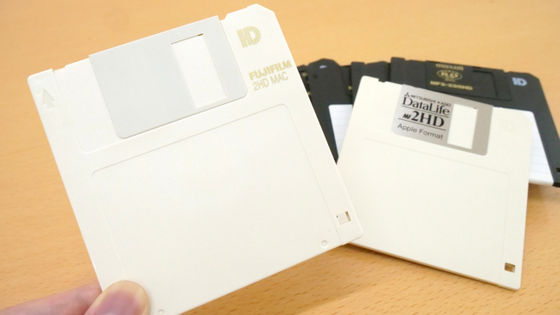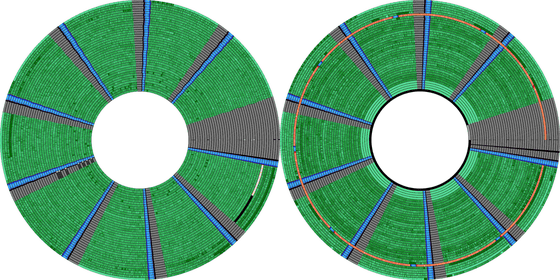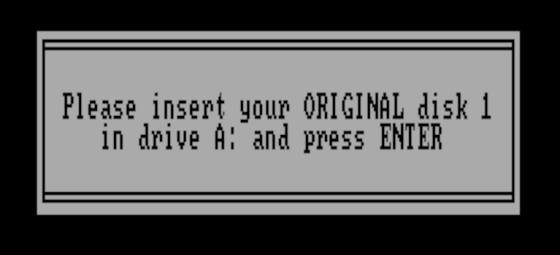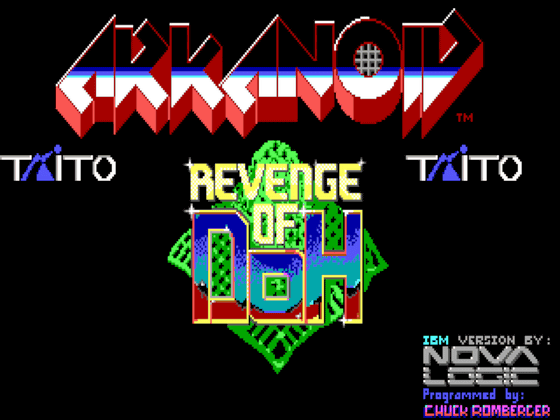How did floppy disks prevent copying?

PC Floppy Copy Protection: Formaster Copy-Lock
https://martypc.blogspot.com/2024/08/pc-floppy-copy-protection-formaster.html
PC Floppy Copy Protection: Softguard Superlok
https://martypc.blogspot.com/2024/08/pc-floppy-copy-protection-softguard.html
Floppy disks were first developed in the early 1970s as 8-inch (approximately 200 mm) disks, with smaller 5.25-inch (approximately 130 mm) disks appearing in 1976. Floppy disks then became most popular as they were reduced in size to 3.5-inch (approximately 89 mm) in 1980, with the 1.44 MB capacity being the standard in 1985. Floppy disks operate on the magnetic disk inside at 300 revolutions per minute, and operate based on the electrical signals generated by the magnetic field that changes as the magnetic disk inside rotates.
A programmer explains the once widely used 'floppy disk' - GIGAZINE

The first company GloriousCow mentioned in the history of floppy disk copying was a California company called Formaster. The image below is a scan of a 1983 magazine published by Vintage Computing and Gaming , a blog about the history of computer technology, advertising a product called 'Formaster Series One,' a type of diskette duplicator. Not only could the Formaster Series One mass-produce floppy disks containing unique data, it could also add basic copy protection features to each disk. Formaster called its copy protection technology 'Copy-Lock.'

According to GloriousCow, the Formaster Series One deliberately incorporated a bad section into the disk structure, so that 'it was possible to read from the floppy disk to the PC, but it was not possible to recover (copy) further data from the PC.' Intentionally setting up bad sections is a basic and effective method of various copy protection techniques, but Copy-Lock was a slightly more advanced mechanism than a simple bad data check.
Next, GloriousCow cites a software company called Softguard Systems, founded in 1983. Softguard Systems released the copy protection product 'SUPERLoK' and by 1985 had become the industry leader in copy protection technology. Early versions of SUPERLoK required professional disk duplication to provide copy protection, but eventually the company produced the 'SUPERLoK KIT,' which could be written with a standard floppy disk controller.
Below is a reproduction by GloriousCow of the disk for the computer game

Sierra Entertainment originally used Formaster Series One to duplicate discs, but switched from Copy-Lock to SUPERLoK for some versions of King's Quest. According to GloriousCow, Copy-Lock prevented copying by providing 'some bad sections' on the surface of the disc, but SUPERLoK uses 'duplicate sectors' that create fields of unusual length, and the overall appearance is different from that of a normal disc. These duplicate sectors served as a copy protection function that could only be copied with a dedicated mechanism, since the contents of the disc could not be completely copied using normal copying methods.
In addition, Sierra Entertainment's adventure games were protected from duplication by reading a 128-byte encryption key from a special copy protection track on the disc. When the game is started on a PC, the original disc is requested to be inserted, and the disc is verified and the executable file is decoded. After that, by inserting the play disc, the game is saved to the play disc. At this time, if the original disc is not genuine, the encryption key cannot be read and the original disc is repeatedly requested. GloriousCow said, 'Although we have no solid evidence, we suspect that the hidden file for the encryption key was provided by Softguard Systems specifically for Sierra Entertainment.'

The second game in the Arkanoid series, Arkanoid: Revenge of Doh, released by Taito in 1987, also used SUPERLoK protection. While King's Quest used SUPERLoK 2.3, Arkanoid: Revenge of Doh used SuperLoK 3.0, which provided stronger copy protection features, such as not working with emulators and avoiding potential weaknesses.

While SUPERLoK has a strong copy protection function, hostile systems have also appeared to counter it. Malware developers and crackers have repeatedly conducted smear campaigns against Softguard Systems, and Central Point Software's 'Copy II PC' product was advertised as being able to remove SuperLoK 3.0. In addition, Central Point Software not only produces anti-copy protection software, but also hardware products that can capture magnetic patterns that cannot be recognized by normal drives and analyze and reproduce the contents of disks and copy cards, which makes it possible to overcome copy protection functions that are difficult to process with software and make copies. According to rumors, Softguard Systems and Central Point Software eventually signed an anti-proliferation agreement that allows 'copies to be made, but copies of copies cannot be made.'
Eventually, the cat-and-mouse game between copy protection and anti-copy protection was deemed unprofitable, and floppy disk-based copy protection was abandoned entirely by some publishers. Softguard Systems developed other products, but lost its main source of revenue from copy protection products and went out of business by 1992.
Related Posts:
in Software, Web Service, Hardware, Posted by log1e_dh






